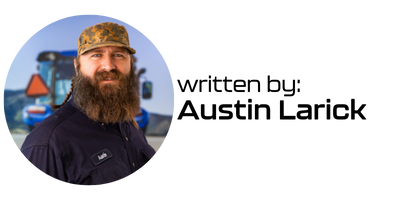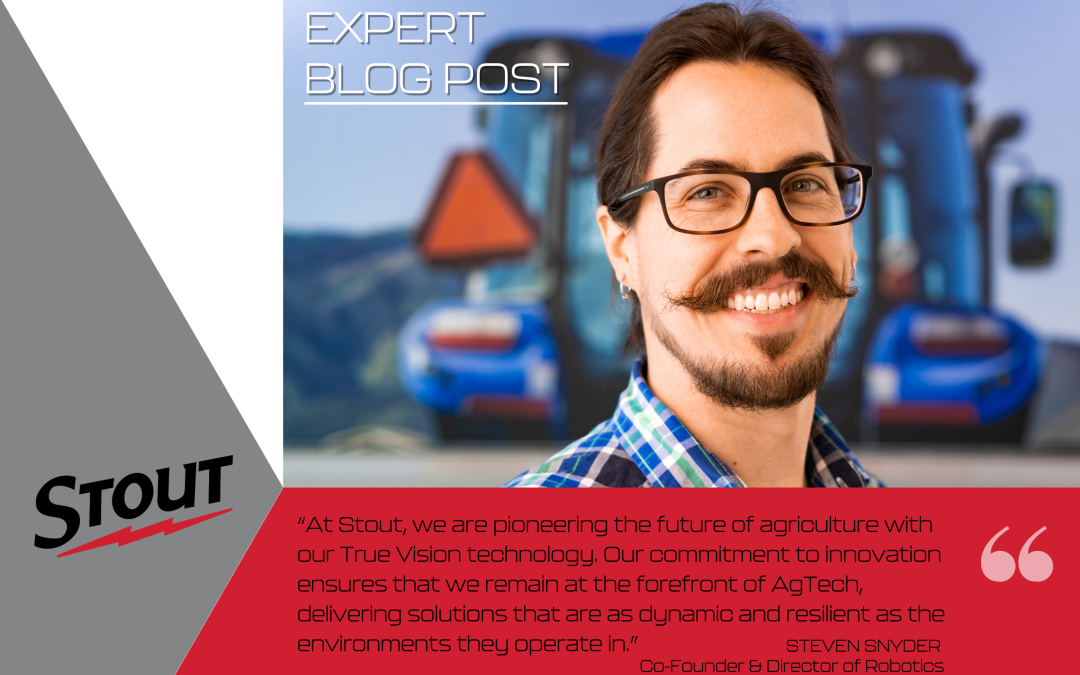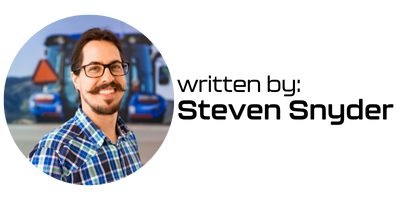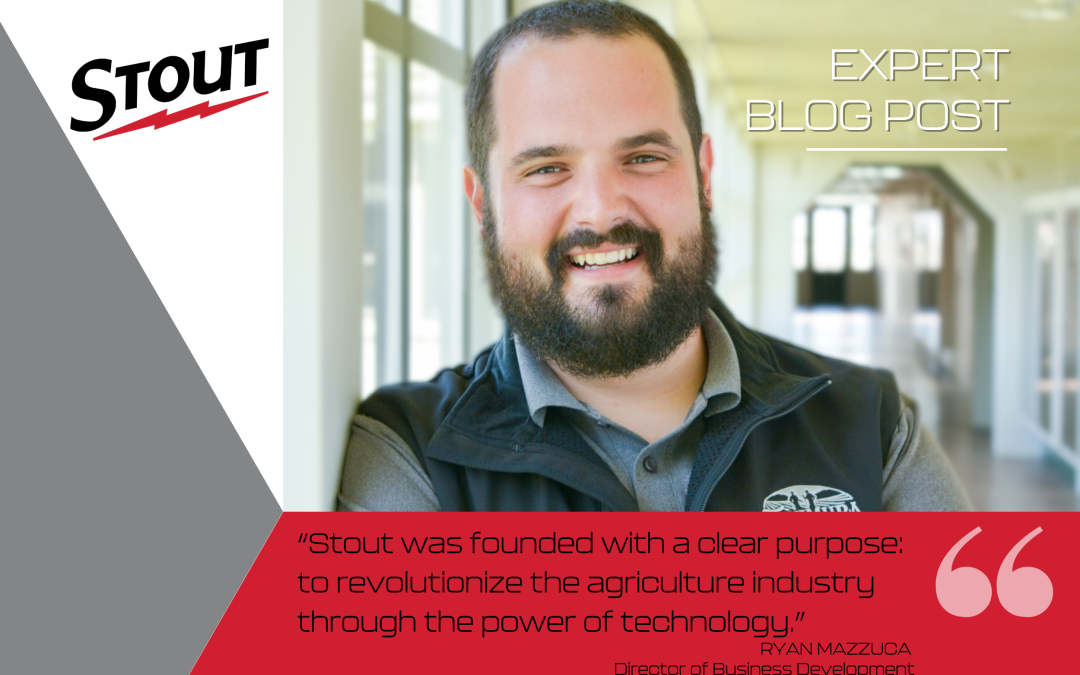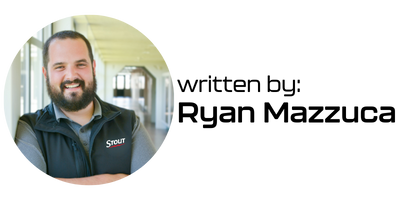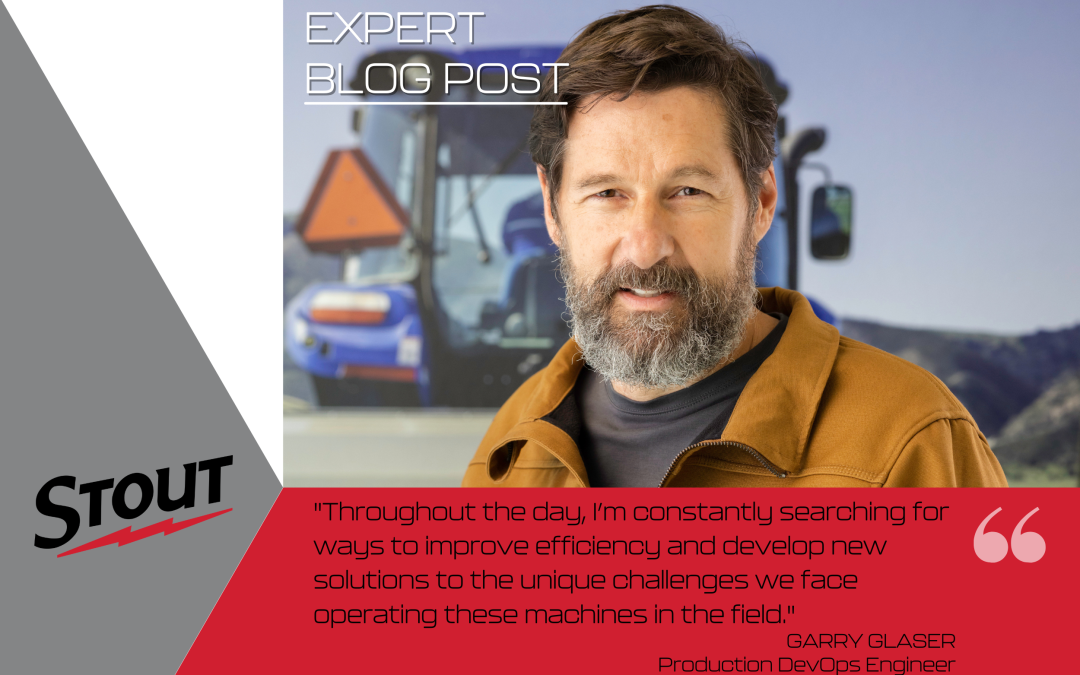
Unlocking Efficiency: Insights from Garry, Production DevOps Engineer
As the Production Development and Operations Engineer at Stout, I focus on one core objective: ensuring our cultivators operate with maximum efficiency. These machines are the heart of our business, and it’s my job to ensure they are operationally healthy and always performing at their peak. I like to think of them as my children—they demand attention, but it’s immensely satisfying knowing they are performing at their best.
My primary role is ensuring that our machines run the correct computer code and operate efficiently. I oversee everything from machine assembly to machine software management and updates, often troubleshooting issues that arise in the field. When machines are in use by our customers—whether on the East Coast, UK, or even Australia—I’m on standby and ready to respond.
However, I also wear many hats beyond machine assembly and management. I frequently dive into IT tasks, assembling computers, building servers, and even troubleshooting issues like office computer settings or email administration.
One of the most challenging issues I’ve faced recently was identifying and resolving a condition in our cultivators that would cause the actuators to pause unexpectedly. This situation would, of course, often occur during machine demos—frustrating, to say the least. After extensive analysis of the machines’ behavior, I finally discovered a pattern. It turned out that the issue was related to computer housekeeping tasks. These systems, originally designed for 24×7 surveillance cameras, were not optimized for the off-and-on cycles of our machines.
By adjusting the system to run housekeeping tasks in the first few minutes of operation rather than mid-cycle, we eliminated the problem. Now, the cultivators run smoothly with fewer interruptions, resulting in a much better experience for our customers.
Automation plays an essential role in my work. The ability to update machines while they’re in operation is a recent development that has saved me countless hours. Previously, we had to pause operations to apply computer code updates, causing downtime for our customers. Now, we push updates in the background, and they take effect the next time the machine is powered up.
As we continue to scale globally, with machines running across different time zones and continents, it’s vital that we build systems that can self-manage, allowing me and the company to focus on the bigger picture.
One area where I’ve pushed myself is backfilling my skill set with coding. While I’m not a software developer by trade, this role has forced me to dive deeper into coding languages like Python. It’s a steep learning curve, but I have learned that there is no limit to learning something new. Balancing this newfound knowledge with my broader responsibilities has its challenges, but that’s part of what keeps the job interesting.
Throughout my day, I’m constantly searching for ways to improve efficiency and develop new solutions to the unique challenges we face operating these machines in the field. Ultimately, my goal is to ensure peak performance for our customers. Whether through software code updates, troubleshooting technical issues, or automating processes, I’m always focused on finding the most efficient way to improve operations and keep things moving.
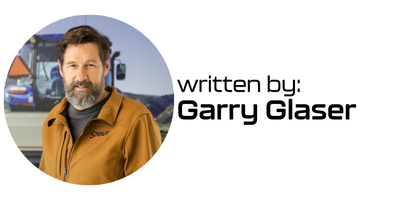
About Garry
Garry is a DevOps Production Engineer, specializing in automation tools for AI-powered Smart Cultivators. With over 25 years of experience, he has led IT infrastructure projects across multiple industries, including healthcare and AgTech. Previously, he served as Senior Infrastructure Engineer at Montage Health, where he enhanced security and productivity through Virtual Desktop Infrastructure (VDI) design. Garry is known for his expertise in network automation, hybrid cloud technologies, and developing cost-saving solutions.
About Stout
Stout is at the forefront of agricultural innovation, specializing in precision implements and AI-driven solutions that enhance efficiency and productivity for growers. Committed to pushing the boundaries of agricultural technology, Stout continues to lead the way in developing advanced machinery for the farming community.


